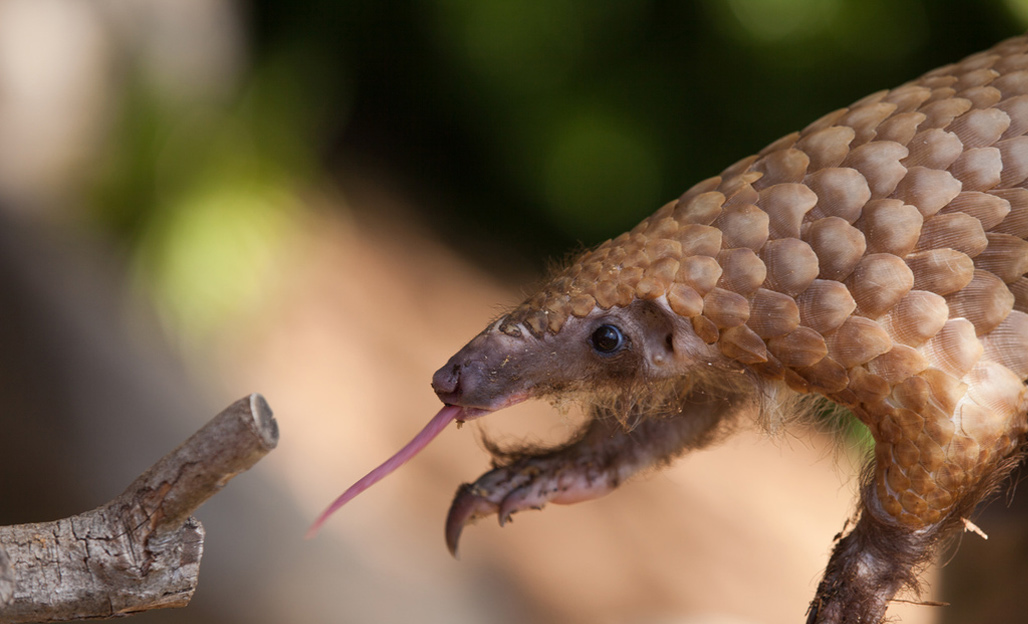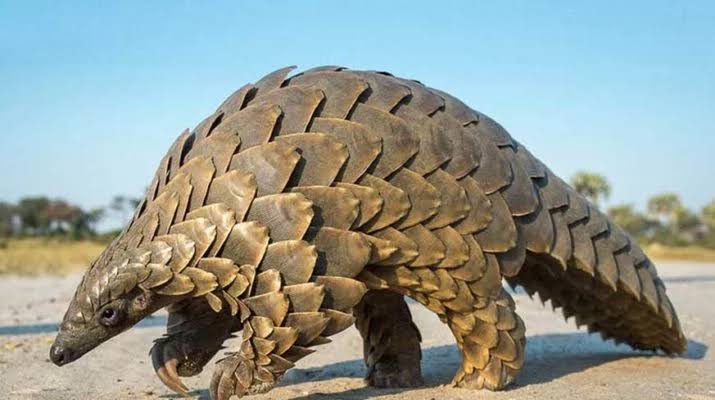Pangolins, often referred to as "scaly anteaters," are one of the most extraordinary creatures you can encounter on an African safari. With their armor of overlapping keratin scales and their fascinating nocturnal habits, these elusive animals are a rare treat for any wildlife enthusiast. Belonging to the order Pholidota, pangolins are divided into three genera—Manis, Phataginus, and Smutsia. While Manis represents four species found in Asia, Phataginus and Smutsia represent two species each, all found in sub-Saharan Africa.
Among Kenya’s rich biodiversity, pangolins are present but incredibly difficult to spot. Their reclusive and nocturnal nature, combined with the growing threats to their survival, makes them one of the rarest and most special safari sightings.
Where to Spot Pangolins in Kenya
If you’re lucky enough to witness a pangolin in Kenya, it’ll likely be in one of the following wildlife-rich areas:
- Rift Valley: The varied landscapes of the Rift Valley offer a sanctuary for pangolins, particularly the Temminck’s Pangolin (Smutsia temminckii).
- Amboseli and Chyulu Hills: Known for its scenic beauty and large elephant herds, Amboseli is also home to these scaly creatures.
- Nairobi National Park: Just a stone's throw from the bustling capital, this park offers a chance to spot pangolins in the wild.
- Laikipia: The vast conservancies of Laikipia, including Lewa Wildlife Conservancy, provide a safe habitat for pangolins.
- Maasai Mara Conservancies: While the Mara is known for its big cats and the Great Migration, pangolins quietly roam these landscapes at night.
- Tsavo National Park: One of Kenya’s largest and most diverse parks, Tsavo offers another refuge for these rare mammals.
Quick Facts about the Pangolin
- Scientific Name: Smutsia temminckii
- Habitat: Savannah woodlands
- IUCN Status: Vulnerable
- Adult Weight: 5–27 kg
- Newborn Size: 15 cm
- Tongue Length: 40 cm
- Proportion of Body Weight Comprised of Scales: 20%
- Number of Pangolin Species Worldwide: 8
The Only Mammal with Scales!
Pangolins are the only mammals in the world covered in scales, which serve as an almost impenetrable suit of armor. Made from keratin—the same material as human fingernails—these scales cover their upper bodies, protecting them from predators. When threatened, a pangolin rolls into a tight ball, with its vulnerable underbelly tucked away, making it almost impossible for even lions or leopards to break through.
However, these very scales that protect them have tragically become their greatest vulnerability.
Why Are Pangolins the Most Trafficked Mammal?
Pangolins hold the grim title of being the most trafficked mammal in the world. Their scales are highly sought after in traditional medicine, especially in parts of Asia, where they are believed to have medicinal properties—though there is no scientific evidence to support these claims. Their meat is also considered a delicacy in some cultures, further driving demand. Pangolin scales are trafficked at alarming rates, making up a significant portion of illegal wildlife trade. Between 2010 and 2021, more than a million pangolins were trafficked globally, pushing many species closer to extinction.
A Day in the Life of a Pangolin
Pangolins are nocturnal, meaning they rest during the day in burrows and venture out at night to forage. With their sharp claws, they dig into ant and termite mounds, using their long, sticky tongues (which can be as long as 40 cm!) to lap up their prey. Lacking teeth, pangolins crush the insects in their muscular stomachs, which are specially designed to digest their tough exoskeletons.
Their peculiar way of walking is another feature that makes them stand out. A pangolin walks mostly on its hind legs, using its long tail as a counterbalance. And if you thought they couldn’t get any cuter, newborn pangolins ride on their mother’s tail during the first few weeks of life!
Why We Must Protect Pangolins
Pangolins play a crucial role in maintaining a healthy ecosystem by controlling insect populations, particularly ants and termites. Without them, these insect populations could grow uncontrollably, causing damage to crops and plants. Despite their importance, pangolins are on the brink of extinction due to poaching and habitat destruction.
Thankfully, conservation efforts in Kenya and around the world are underway to protect these unique mammals. National parks, wildlife conservancies, and organizations like the Pangolin Conservation Network are working tirelessly to protect pangolins from illegal trafficking and to restore their populations.
Fun and Fascinating Pangolin Facts
- Pangolin babies are tiny! Newborns are about 15 cm long and spend the first weeks of their life riding on their mother’s tail.
- Their tongue is longer than their body! The pangolin’s sticky tongue can extend up to 40 cm, longer than its entire body length, to slurp up ants and termites from deep within mounds.
- Scales make up 20% of their body weight! Their scales are so dense and tough that they account for about one-fifth of their total weight.
- Pangolins are toothless! Instead of chewing their food, they rely on their muscular stomachs to crush their insect prey.
The Call to Action
Pangolins are an irreplaceable part of Kenya’s wildlife and ecosystems. Though they are elusive and hard to spot, their presence is vital to the health of the environment. We all have a role to play in protecting these remarkable creatures from the threats of poaching and trafficking. By raising awareness, supporting conservation efforts, and advocating for stronger anti-poaching laws, we can help ensure that future generations will still have the chance to witness the awe-inspiring sight of a pangolin in the wild.
So the next time you find yourself in one of Kenya’s breathtaking national parks or conservancies, keep your eyes peeled for these incredible scaly wonders and know that your support can make a world of difference in their survival. Places to visit or spend a night and see the wonderful animals
https://www.journeypalette.co.ke/adventure_park/rukinga-conservancy
https://www.journeypalette.co.ke/adventure_park/ol-pejeta-conservancy
https://www.journeypalette.co.ke/adventure_park/silole-sanctuary-nairobi
https://www.journeypalette.co.ke/accommodation/porini-mara-camp-ol-kinyei-conservancy
https://www.journeypalette.co.ke/accommodation/nairobi-tented-camp-nairobi-national-par



